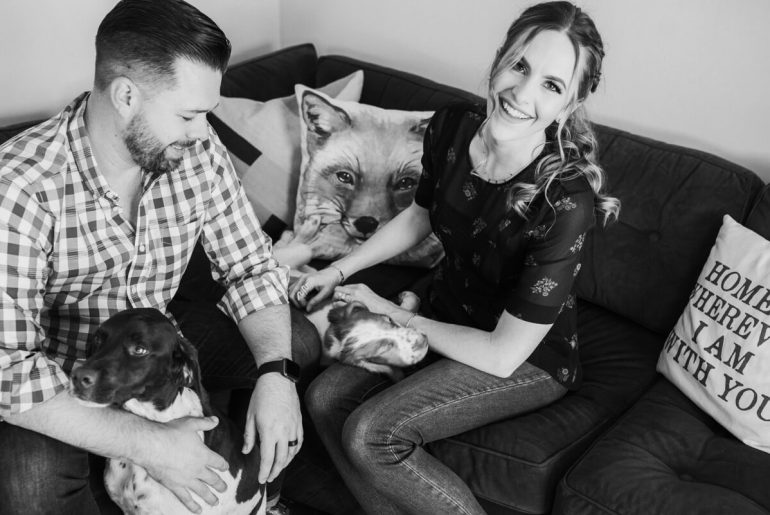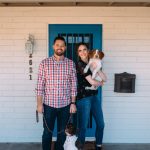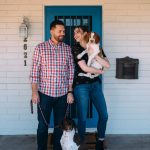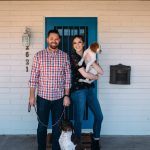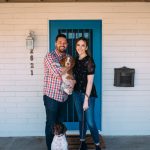
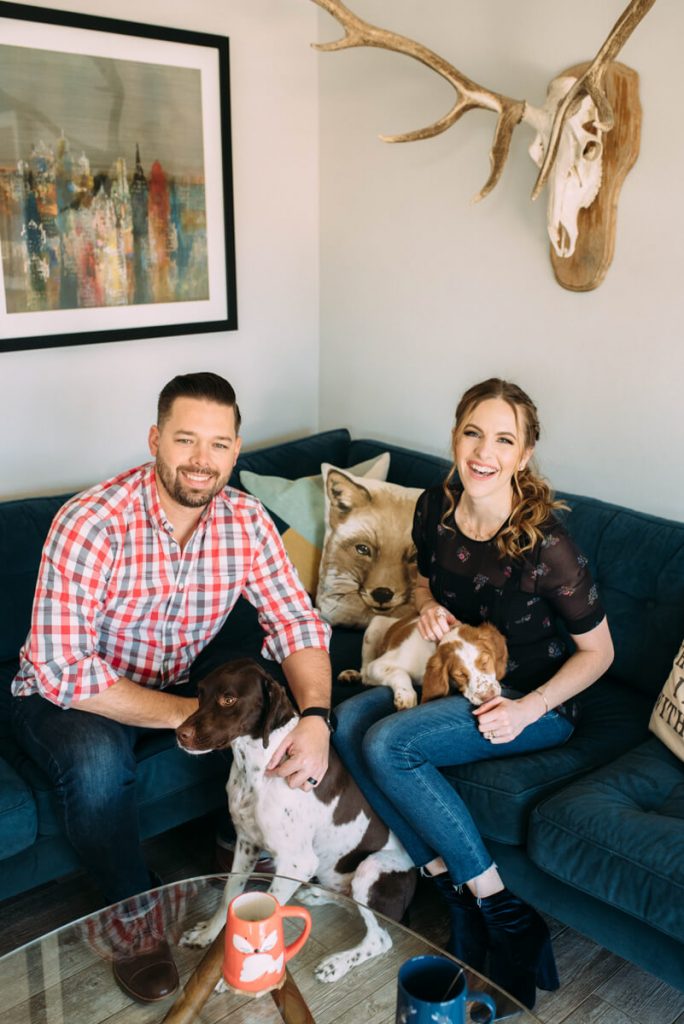
October 2020: I started drafting this blog post a year and a half ago (March 2019), which was actually a year after going in for testing at a fertility clinic (March 2018). The main reason I’ve been dragging my feet on publishing this blog post is because Aaron and I don’t have a clear plan when it comes to one day having human children. I thought I would need to share my personal stance on children before publishing this information. However, after seeing a few friends going through advanced fertility treatment I know that this topic is just as important if not more important to those of us who don’t know what the future holds in terms of our family size. I’m happy to share our current stance on children, but that would be a different blog post. If you have questions or want to chat, feel free to comment below or send me an email or a DM if you want the conversation to remain private. I’m not a healthcare professional, but I’m happy to share what I’ve learned from my experience.
March 2019: On January 12th, 2019, Aaron and I celebrated our 5 year wedding anniversary and shortly before that our 7 year “dating anniversary.” We always said that we wanted to be married for 5 years before having children and then when we realized that 5 years is coming up faster than we thought, we said we wanted to wait until Aaron graduates college. Well, that milestone is coming up this May and we’re starting to run out of excuses to tell our family and friends why we’re still waiting to have kids. We increased our number of dog-sons a year ago with puppy Murray, doesn’t that count? According to parents of human-children, apparently not.
*TMI WARNING – I’m going to be sharing some personal information and if you’re not interested in hearing about the reproductive system or mine in particular, I suggest scrolling to another blog post. 🙂
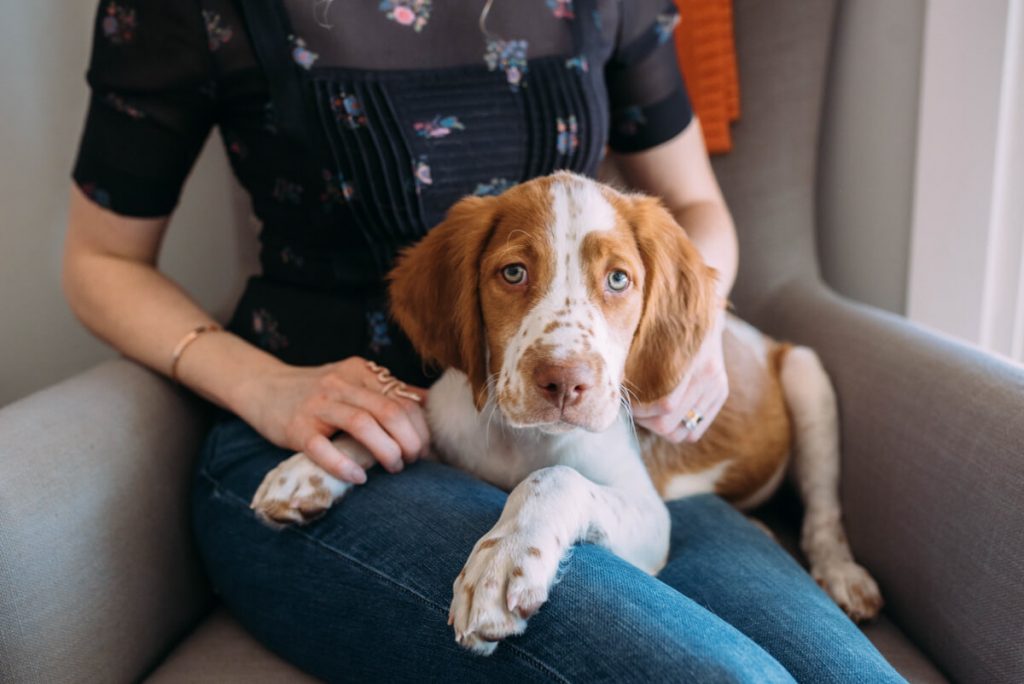
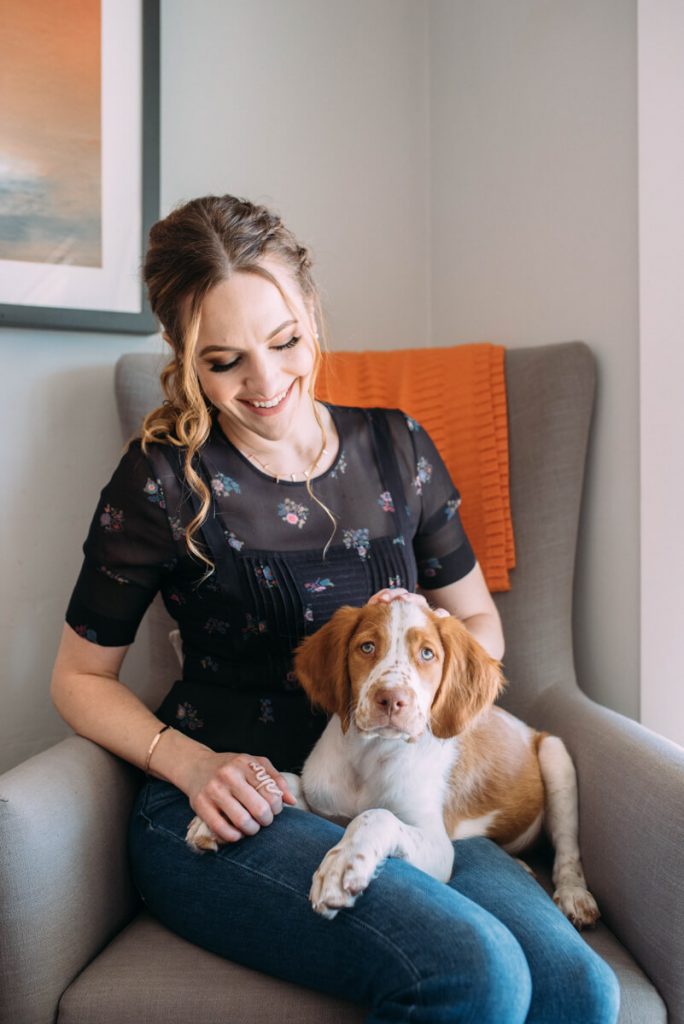
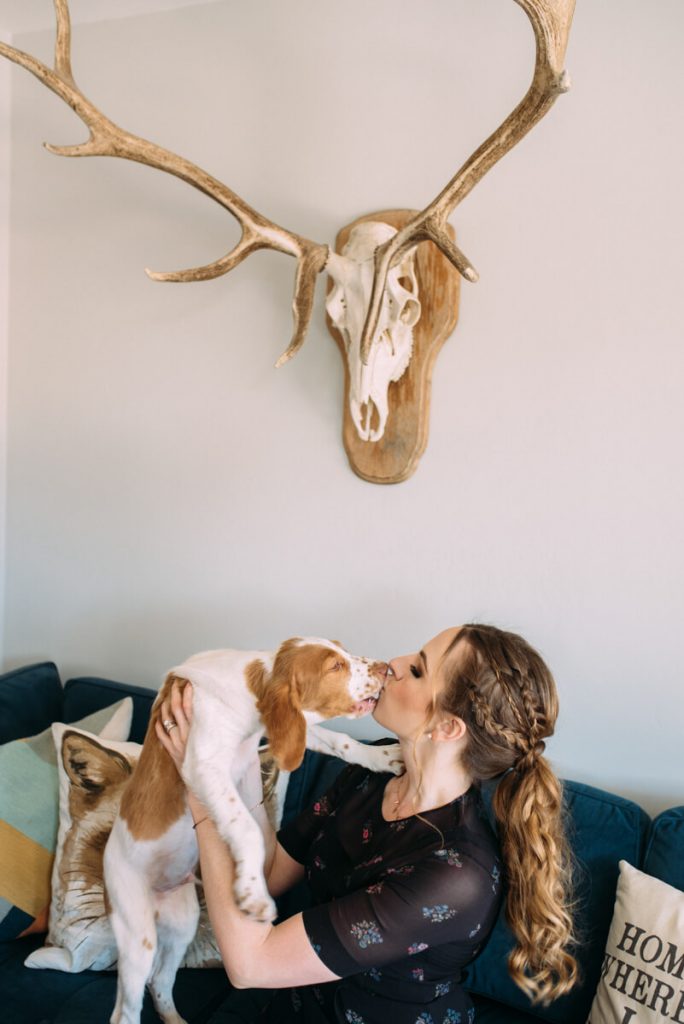
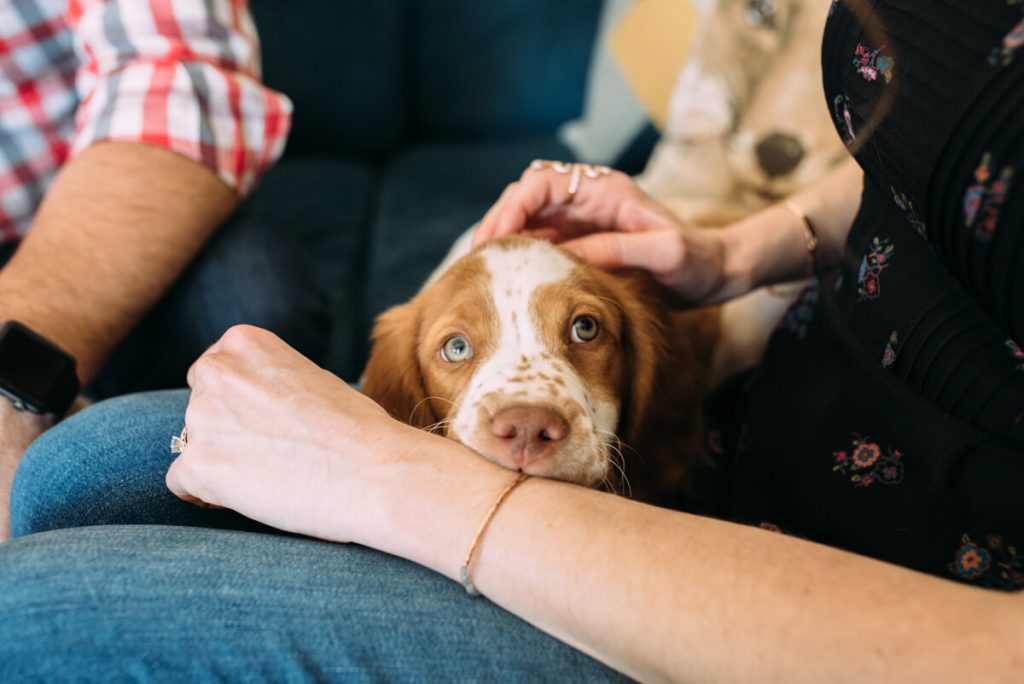
Last spring (March 2018), I had an alert pop up in my phone that said, “IUD – 5 YEARS!” I realized that was my reminder to have that dreadful conversation with Aaron about how our 5 years is coming up (my IUD is going to expire) and I’m still not ready to completely devote myself to an adorable tiny drunk human. Thankfully, Aaron wasn’t ready for that either. Especially since he knows that although the baby will need its mother to eat, it will definitely rely on the father for just about everything else. If our house chores are any indicator, having a baby will definitely be a 50/50 partnership (and sometimes 40/60 with Aaron doing more of the house work, if I’m being honest.)
During that conversation I was very aware of my age, 32 years old (in current day, Oct 2020, I’m now 35 years old) and suggested that I talk to my OBGYN at my next annual appointment (where they’ll be removing and replacing my IUD for another 5 years) about how the female reproductive system works, likelihood of getting pregnant at an older age, and whether or not I should freeze my eggs. Aaron thought this was an example of the “cart before the horse” scenario, since we’re still not 100% sure if we even want to have kids at all and there are large price tags associated with advanced fertility care. I explained to him that this is something that I need to do for my peace of mind and there’s no harm or financial burden on just asking questions.
First lessons I learned:
- Not all ONGYNs offer fertility services: My OBGYN no longer included fertility services in their practice. So, they referred me to another doctor.
- It’s easier to switch IUDs at the same appointment: I ended up having my IUD removed, because I thought it was bad to keep it after my 5 years were up. Not the case, there is further research on the use of IUDs after the 5 year indicator and in most cases they still protect against pregnancy. Well, those odds aren’t good enough for me, but the pain of having it removed, allowing my body/cycle to go haywire, then putting in a new one at a later date and allowing my body/cycle to go haywire again would have been plenty reason to just keep this one in longer till after my fertility conversations. I would have much rather practiced safer sex, then put my body through all of that.
- You can have an IUD during initial fertility tests: Plus, I found out through my fertility conversations that I could have kept my IUD during the tests I took. If you progress into further care, then the conversation for removing an IUD would need to be discussed.

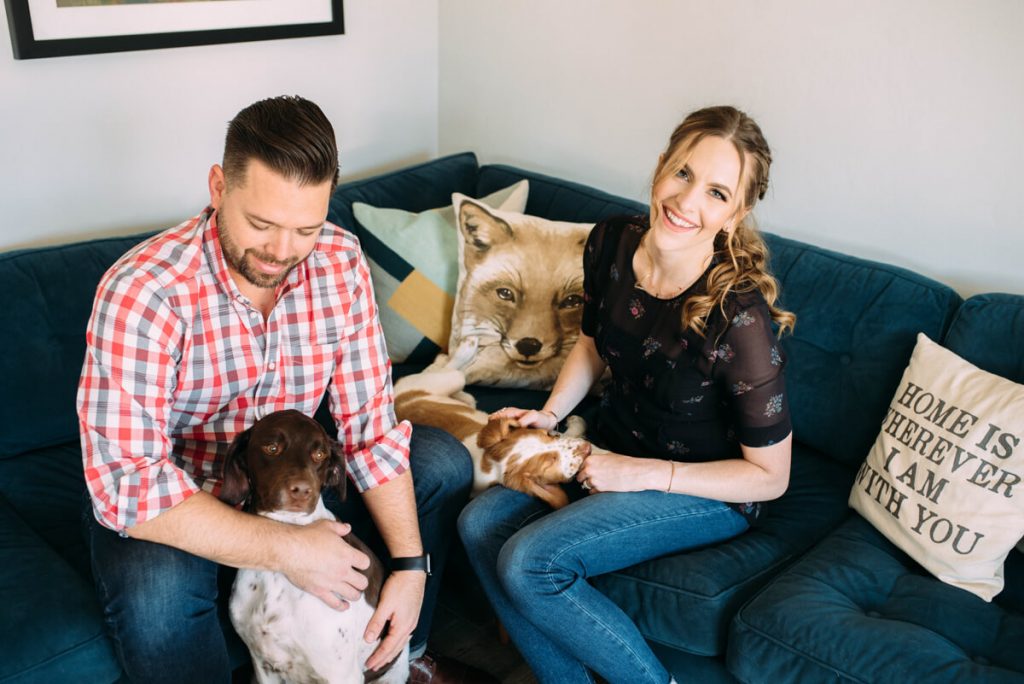
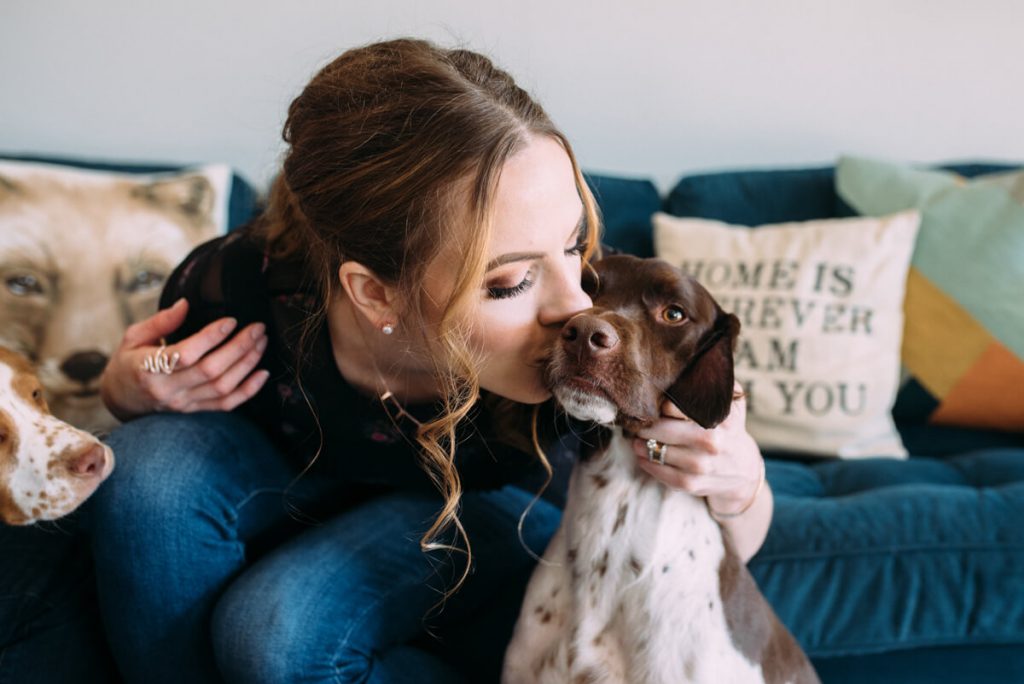
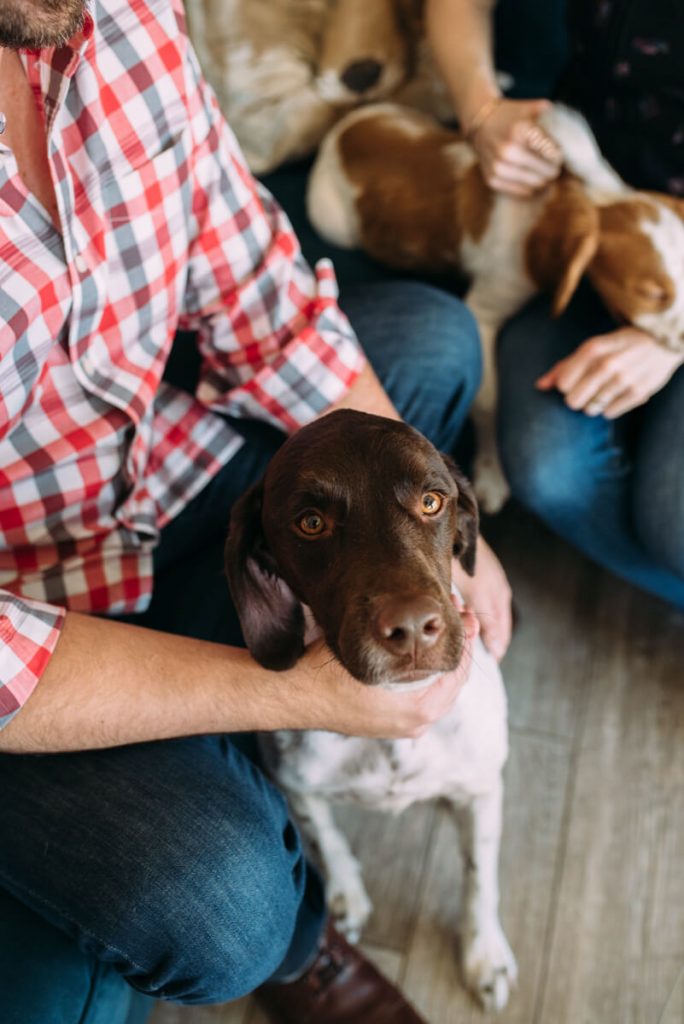
I took the referral for a fertility clinic in the Valley and took a long lunch break to meet with the fertility doctor. He was very thorough in his explanations and very kind in spending as much time as it took to answer all of my questions.
General fertility information I learned:
- A woman’s age and infertility:
- In terms of infertility, 32 years old is the same age as 25 years old as long as the female has average fertility results
- At 35 years old, women experience infertility twice as often as 25 years old
- At 40 years old, women experience infertility twice as often as 35 years old
- At 38 years old, it is more likely to have health problems for the women and the baby.
- Fairly common fertility risk factors are:
- Alcohol consumption for men and women
- Caffeine consumption for women
- Exercise that is too vigorous for women during early stages of pregnancy
- Too low or too high of a Body Mass Index (BMI) for women
- Smoking for men and women
- For more, visit Advanced Fertility Care.
- Fertility Tests:
- For women, doctors check for:
- Follicle count at the beginning of your cycle from an ultrasound (A follicle is referring to egg cells in your ovaries before being released during ovulation. This determines how many eggs can be harvested.)
- Blood tests for FSH, LH, Estradiol, and AMH
- If there is any cause for concern or further issues, the doctors would also perform testing on tubes and uterus as well.
- Costs for women’s testing:
- For me, I did the ultrasound and blood test only. I had a difficult time understanding exactly what insurance would and wouldn’t cover since these tests were completely elective and there was no medical reason for me to have these tests done, so there were a fair amount of phone calls between the doctor’s office and my insurance to be sure I knew what to expect in terms of cost.
- In March 2018, out of pocket would have been around $600 without insurance.
- In March 2018, I paid $295.01 total with insurance coverage. The breakdown of this charge was $50 for my co-pay, $157.82 for blood work, and $87.19 for the ultrasound. There’s an additional Genetic Carrier Screening that is $349, which I opted out of doing.
- For men, doctors take a semen sample and check for:
- Sperm count
- Sperm motility – the ability of sperm to move properly through the female reproductive tract or through water to reach the egg.
- Sperm morphology – sperm has to be a certain shape to be able to penetrate an egg.
- Costs for men’s testing:
- In March 2018, I was quoted at $106.24 for semen testing and no copay would have been collected. Aaron opted out of this testing.
- For women, doctors check for:
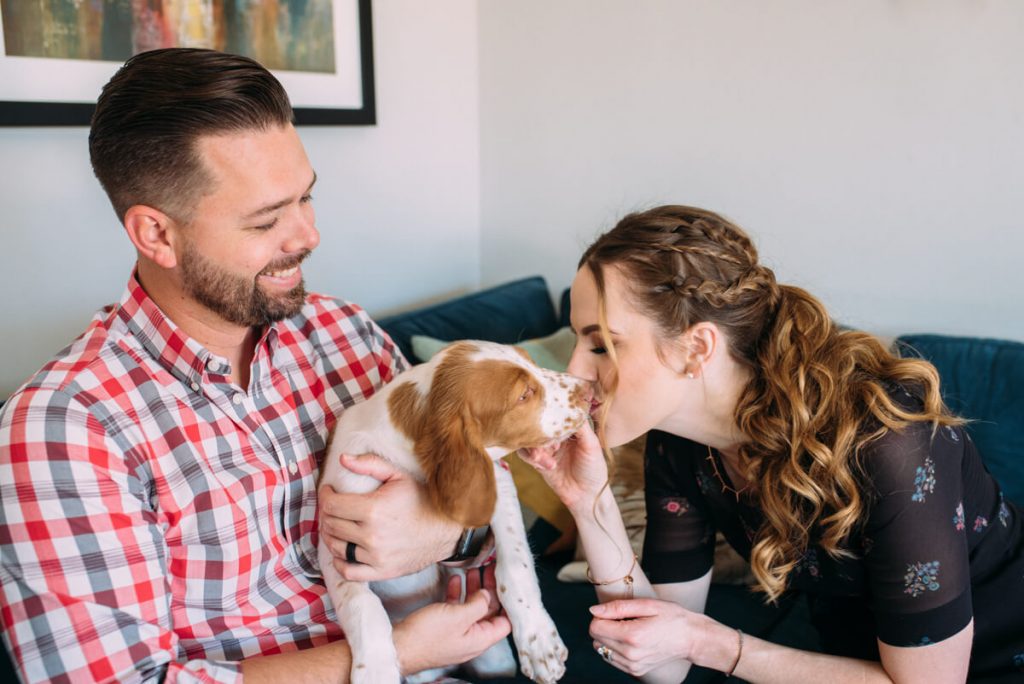
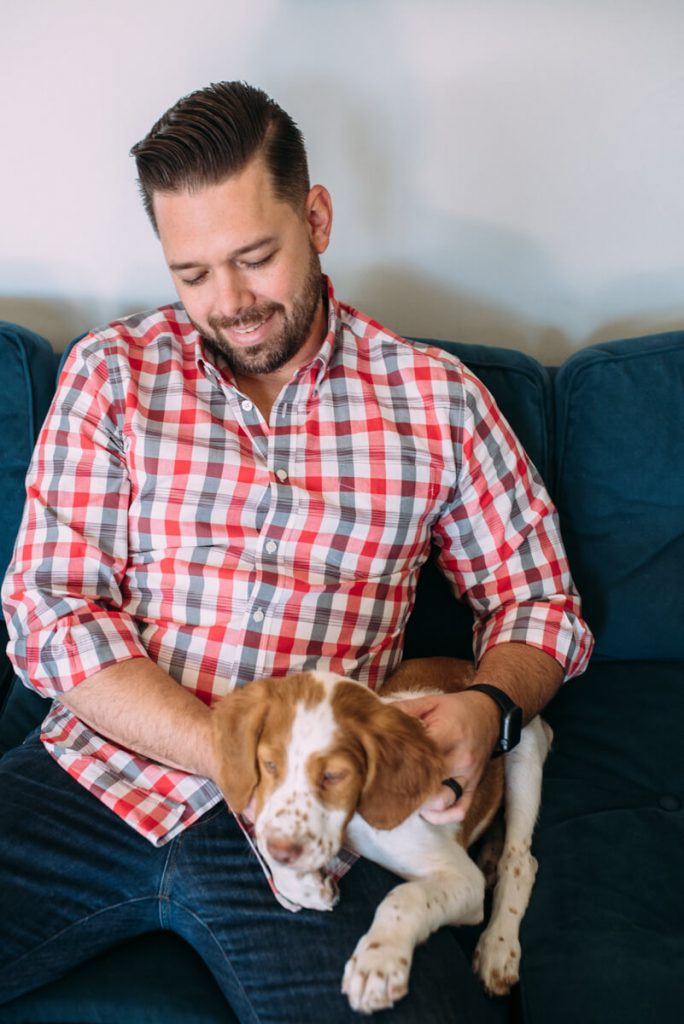
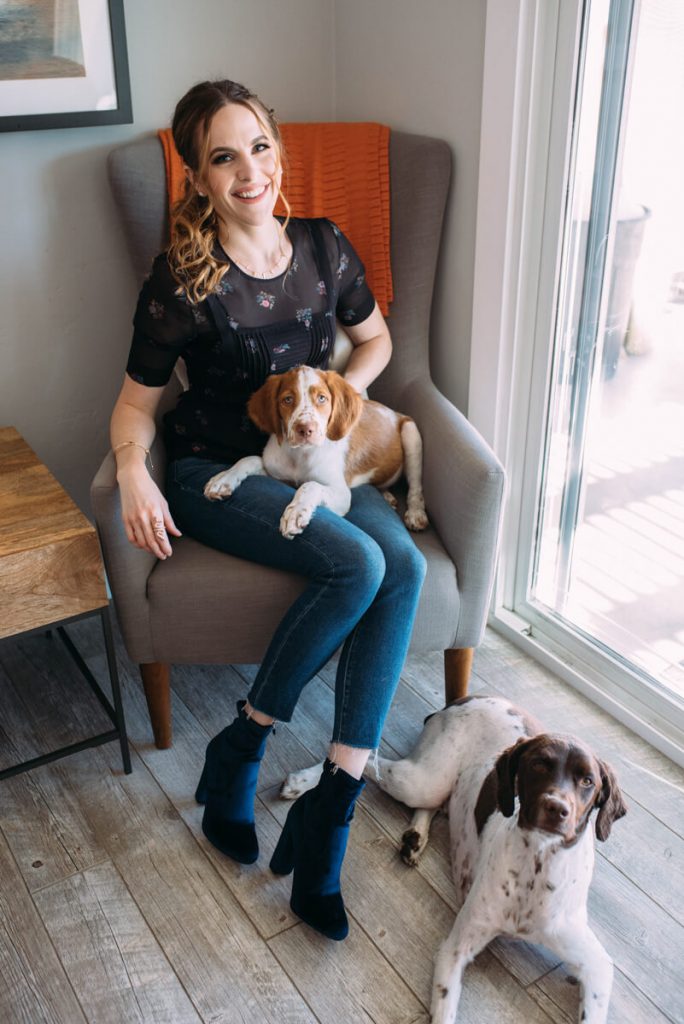
Freezing Eggs vs. Freezing Embryos
I never heard the term embryos or considered freezing them. I always thought the only option is freezing eggs. However, an embryo is a fertilized egg meaning that if you currently have a partner who you would like to one day have a baby with then the woman would harvest her eggs and fertilize with the man’s sperm in order to create an embryo. At that point you can freeze your embryos in order to implant at a later date once you’re ready to have a baby. This is what I found the most interesting during my visit. Here are some scenarios to consider…
Freezing eggs: If you currently do not have a partner, but would like to harvest your eggs to freeze them at a later date that would allow for them to be fertilized by someone in the future. Something I didn’t realize is that not all eggs will survive the harvesting, freezing and fertilization process. Going back to the term follicle, the goal is to have at least 15 follicles at time of harvesting. For the average female, 15-20 follicles total between both ovaries is common. Say there were 15 follicles, the rate of maturity to eggs is 75%, now there are 12 eggs. Freezing 12 eggs might result in only 95% surviving, now there are 11 eggs. Then 70-80% will actually fertilize, so roughly 9 eggs turn into embryos and about 40-50% will actually grow. With 5 eggs left, about 60% are normal for women up to the age of 34 and 40% are normal up to the age of 40. The rate for a successful implantation is 70%. The moral of the story here is if you have the ability to freeze your eggs at an earlier age, you will save 20% of your eggs.
Freezing embryos: Similar to the above scenario there are certain percentages to egg survival rate when freezing embryos. The difference is that having your partner declared in the beginning allows you avoid the freezing process if you’re ready to move forward in starting your family. Or if you aren’t ready, but would like to freeze your embryos you’re able to fertilize before freezing so you will know how many eggs progress and are normal. That way if you were unhappy with the quality or the amount of eggs harvested, you could always harvest more if necessary. The interesting thing here to consider is what if you and your partner are no longer together when you decide to move forward with having children? I know that sounds very ominous, but the doctor shared a few situations that the board of ethics had to review. One being a situation of a couple getting a divorce and how do they decide on parental rights of embryos. The other situation was of the man passing away.
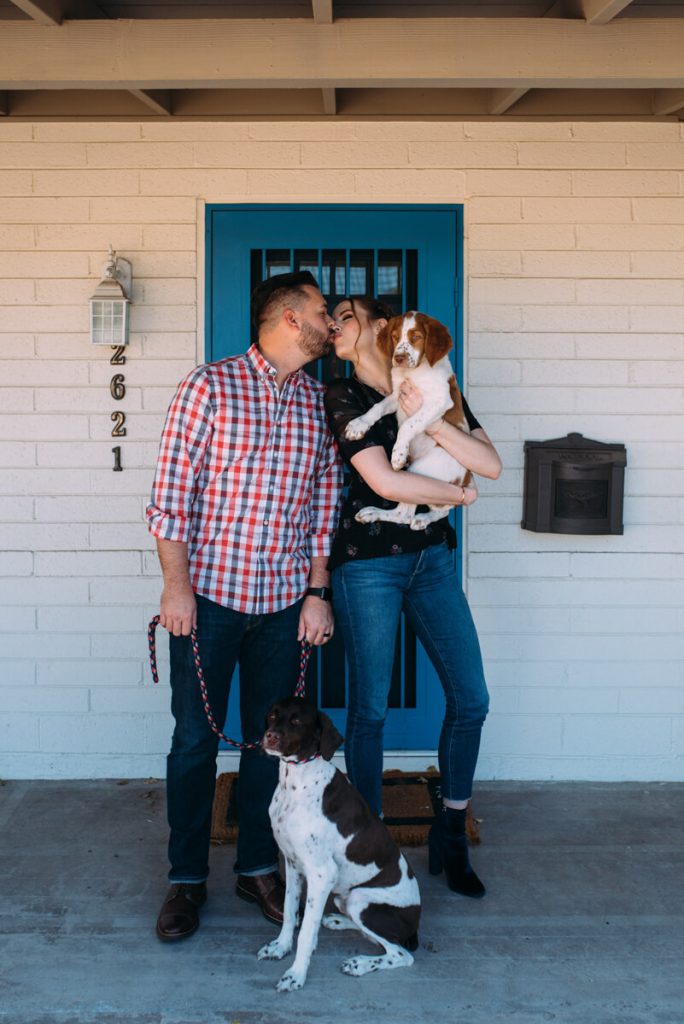
Next Steps:
I moved forward with the ultrasound test and found that I had nine follicles in one ovary and 10 follicles in the other. The goal was to have a total of 15 follicles between both ovaries. Also, my blood work came back normal, so there is no concern that I cannot get pregnant based on the test that I took at that time. I understand that being a few years ago, there is no guarantee that my body is producing the same number of follicles.
If I wanted to freeze my eggs or embryos that would have been a great time to do it based on the number of follicles I had, my blood work and my age. I decided at that point not to move forward after hearing about the egg retrieval process, what would be involved following that, the cost and the family planning conversations between Aaron and I. Since I did not continue the process I cannot share from personal experience. However, the notes I wrote down for the egg retrieval process were “hormone injections and four office visits within 10 days and a full day off of work for surgery all over the course of 6-8 weeks.” If you are interested in advanced fertility care now or in the future, I urge you to make an appointment to learn more about what your options are for your current situation and what you hope your situation will be in the future.
If you’re local to Arizona, I was referred to Advance Fertility Care in Mesa. There is a lot of helpful information on their website and the first place to start is the Initial Consultation page. They encourage both parents to be there if there will be two parents. Since my appointment was very preliminary and my goal was learning about what was going on in my reproductive organs, it was easier for me to take the first available appointment time and go alone. Aaron wasn’t able to join me, but I had plenty of information to show him afterwards. For us, we decided to wait and I am happy with the results I received. I understand that now in my current age of 35 I would be considered a high risk pregnancy if we decide to bring children into our family. Plus, Aaron did not have any testing, so we don’t know if there are any issues there. We’re very happy with our current family and if we choose to try for kids and it doesn’t work, then we will know our answer. And who knows, we might change our minds down the road. As long as Aaron and I continue to be open and honest with each other that is most important to us right now.

